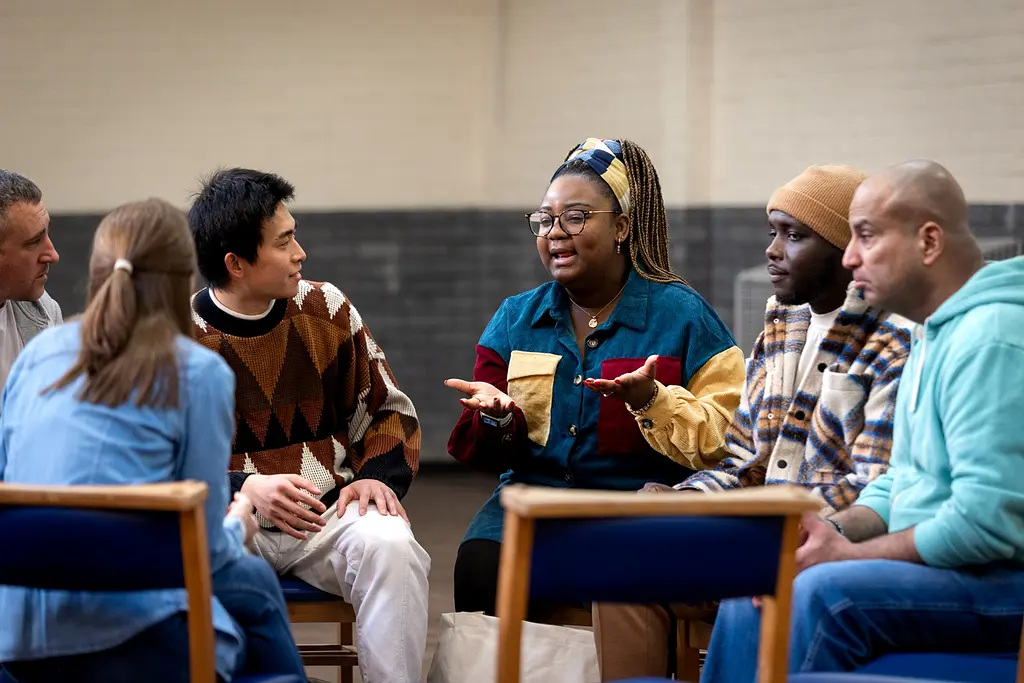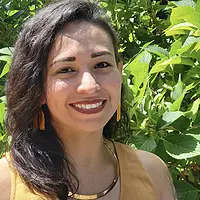
This is the fourth installment of a 12-part blog series discussing doing evaluation in service of racial equity as part of a collaboration with the Kellogg Foundation. The views expressed here are those of the authors and do not represent the views of any partner organizations, including the Kellogg Foundation.
Increasingly, government and private organizations that commission research are calling for greater inclusion of historically excluded and disadvantaged communities with the intent to make science more inclusive and to drive equity for all. While the idea of engaging communities in research has a long tradition in the social sciences, the view that engagement of community-based organizations (CBOs) and/or individuals with lived experience as critical to understanding the problem and identifying viable solutions is resonating more broadly. This makes sense as it makes for better research.
It remains difficult to do, even when there is a demonstrated commitment to be more inclusive in our research. Part of the reason why is because many of our own research organizations are not set up to build long term, trust-based partnerships with CBOs and other non-researchers with the intention to have them be active participants in the research process. In our practice we must navigate both technical and adaptive challenges as we seek to build long-term partnerships.
Moving Beyond Informing to Involve Communities in Collaboration
It is often the case that many organizations are used to informing or consulting communities when a decision has already been made as opposed to involving them from the beginning or checking to see if the new collaboration is of any interest. At times, we find ourselves searching for CBOs under time-constrained circumstances and with a list of requests. Conducting research in a way that advances equity requires that we rethink about who is involved in the research process as much as it is about the content of the research (e.g., focus on disparities). This involves holding a long-term view of what type of partnerships we and our organization need to cultivate to reach our desired impact. On a basic level, we want to avoid approaching new partnerships under the strains of transactional exchanges and instead move to create mutually beneficial partnerships.
How might researchers navigate challenges?
There is not a single path to doing this well. But we have found that focusing on developing mutual respect for partners’ expertise, priorities, and life circumstances goes a long way in building a foundation for long-lasting relationships.
Equitable Compensation for Collaborating Communities
The value we place in our community partners’ engagement is reflected in how we compensate their contributions. Research that centers equity should incorporate compensation that is of value to communities, mutually beneficial, and designed keeping cultural context in mind. In our work we have done this by allocating funds for community compensation in grant proposals and having discussions with potential clients up front about the reality of the work that goes into community engagement processes that justifies compensation for community partners’ time. This is a good practice in both research and evaluations. The Kellogg Foundations’ recent practice guides for doing evaluation in service of racial equity offer concrete ways to think about deepening your community engagement. They emphasize the importance of being intentional in building this check point in our practice. When there is a solicitation that does not require a community engagement component, we still conduct our due diligence by asking the question if and where having community input may benefit the research process. There are times when we have explicitly built community engagement into a solution because it strengthens the approach. We are able to identify these opportunities because this is a concrete way to center equity in our research, by asking who else needs to be included and what points of view are privileged in the research. This goes for both qualitative and quantitative research.
We recommend that you do not wait for a solicitation to explicitly call for community engagement. Instead, build that assessment into your process so that this becomes part of how you work. Ultimately, this will resonate for some potential clients and not for others, but doing the assessment is a way to embed a concrete checkpoint for equity in your research process with the potential to strength your proposed solution.

Technical operational barriers will start to come up in the granular, day-to-day details. For instance, during an evaluation of a local implementation of the WIC program, we secured community compensation options for our WIC participants. Usually, we would hand participants the physical gift cards in person, but organizational policies prohibited any in-person interaction. Our only option was to send gift cards via email. With input from our participants, we came to find that many do not have email addresses or feel comfortable sharing personal details to receive the gift card (like their home address). We had to work through this barrier in collaboration with our participants to find alternate ways to compensate. Our focus was on ensuring we had allocated resources to compensate participants, but not accounting for the form of delivery would have precluded some participants from receiving compensation. We eventually found an alternative to mail gift cards to a location of their choice. We also successfully advocated to revise the organizational policy to allow for mailing gift cards. In this evaluation, we were able to check our assumptions and change course because we had worked on building connections.
In other circumstances, organizations may have broader policies with their compensation models. For instance, we had the option to hire community navigators as part time employees for an evaluation with a county. We learned that our navigators shared hesitancy and strong concerns regarding the implications of becoming a government employee, even temporarily. Moving from honorariums to temporary contractors in our agency meant that they would lose the ability to freely advocate for their communities. While we initially assumed this would be received as a great opportunity, we later realized that a better strategy was to use the funds to increase honorariums. This was more aligned with the navigators’ participation goals.
We recommend that you check in with your partners about what compensation would be meaningful to them to check your assumptions and find a solution that is mutually beneficial, faster.
(Un)expected Accommodations for Community Research
We have also faced technical challenges related to accommodations, including other costs for community participation such as travel time, transportation, and childcare. We know that organizations may not be able to provide high quality and timely accommodations even when there are financial resources available. For example, we supported a set of community partnerships as part of a place-based initiative focused on building community protective factors and improving local early care and education programs. The initiative sought to involve more parents in taking an active role in using their voice to inform state and county policymakers of barriers they face in their communities. Our colleagues worked diligently to support parents by hosting meetings after the 8-5 workday, providing childcare on site, and providing translation services for meetings when many of the parents did not speak English.
Even in this well-planned, well-resourced initiative we still were surprised. For instance, we planned a learning day where parents would travel to meet with state policymakers as part of a broader state effort focused on early care and education. We knew that getting parents to commit to travel would be challenging simply because many parents could not afford to take a day away from work (even a weekend) as many worked six or seven days a week. Parents who had young children had to either bring them along or make alternative childcare arrangements. Even still, we found parents who committed to attend. Then we moved to figuring out logistics, and it was here where we almost had to cancel the event. In the process of securing transportation, we found out that the organizational liability for staff travel did not extend to community partners participating in activities like the learning day. While seemingly a small detail, our colleagues in the contracts and business operations departments had to step in to figure out a solution or we would have to turn parents away in the next 36 hours. This was a critical decision point for the organizational leadership. Our leadership agreed to pay to temporarily extend the liability insurance to cover all participants. They took the risk because this work was part of a bigger shift for the organization to work more closely with communities. This experience served to teach us an additional layer of accommodations and problem solving that informed how we resourced accommodations.
A research practice that centers equity calls us to carefully consider the financial, ethnical, and logistical implications of the requests we make of any partners, with a particular focus on financial and time demands for community participation.
We recommend that in deciding how to do community engagement in your work, you limit non-reimbursed costs and if applicable, build in compensation for travel time into the budget. You should also consider if your organization should be the one to directly provide the accommodation and/or if perhaps there are existing CBOs that you can support by contracting with them to deliver the support.
The Future of Equity-Centered Research
It takes time to develop new policies and even more time to have the accompanying ways of working seep into the organizational culture. While organizational barriers come in all shapes and sizes, we encourage you to keep an eye on ways to make your research practice more inclusive by looking for opportunities to engage community knowledge, priorities, and perspectives. We should continue to be strategic in planning for accommodations and developing alternate strategies. With restrictions of current practices in place, we should look for opportunities to update organizational policies that no longer serve us and support practices that center equity and demonstrate respect for a wide variety of experts and expertise.

